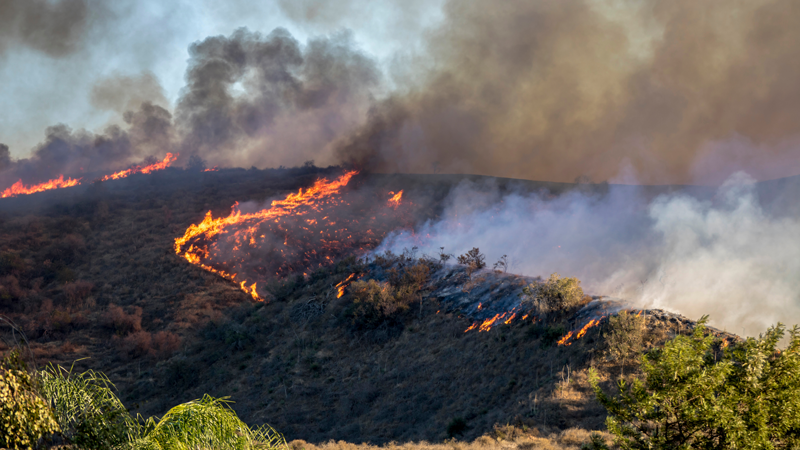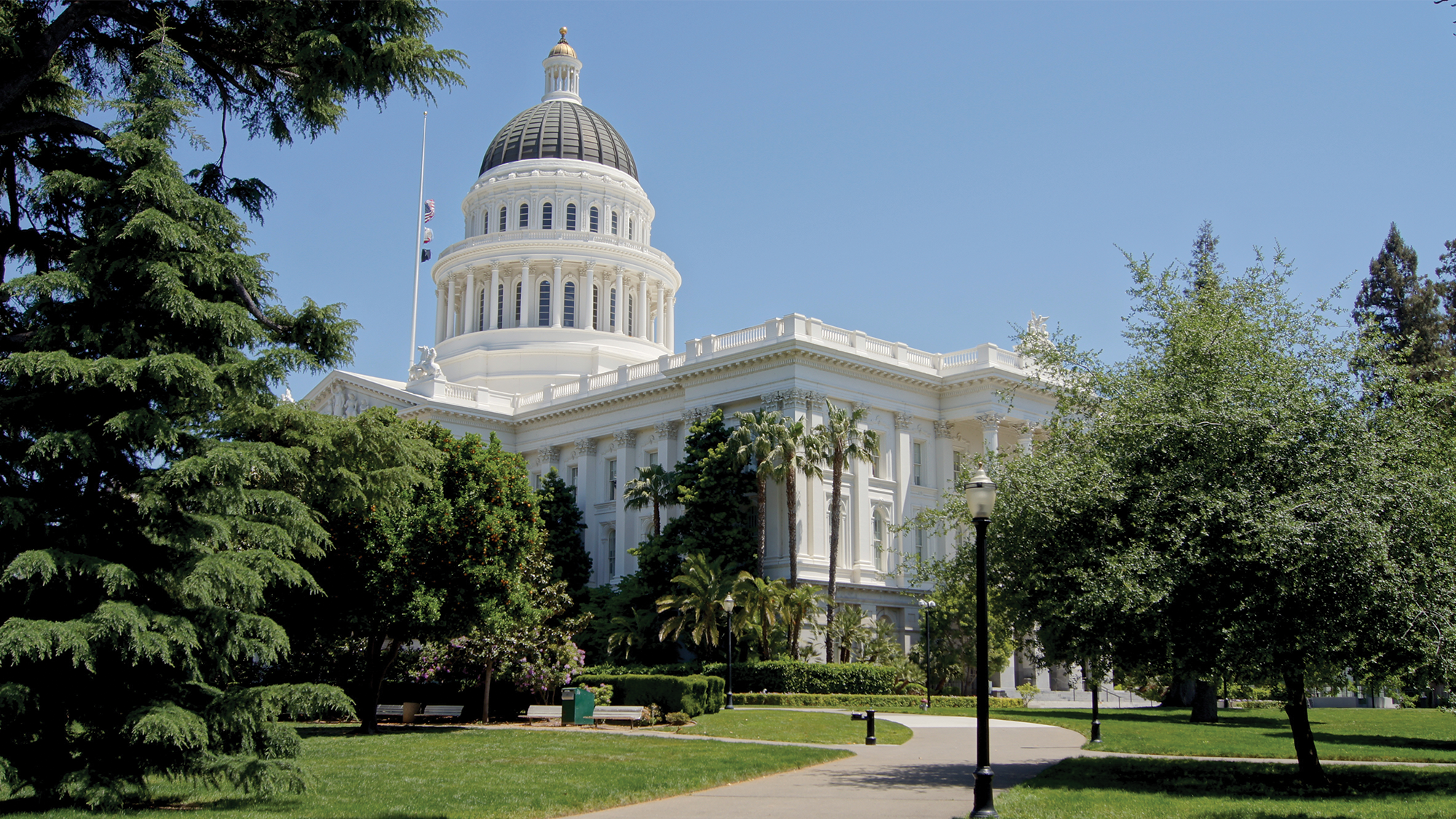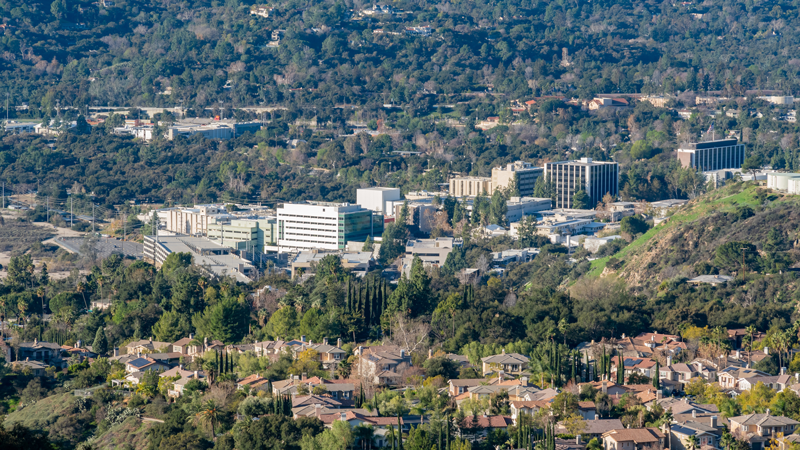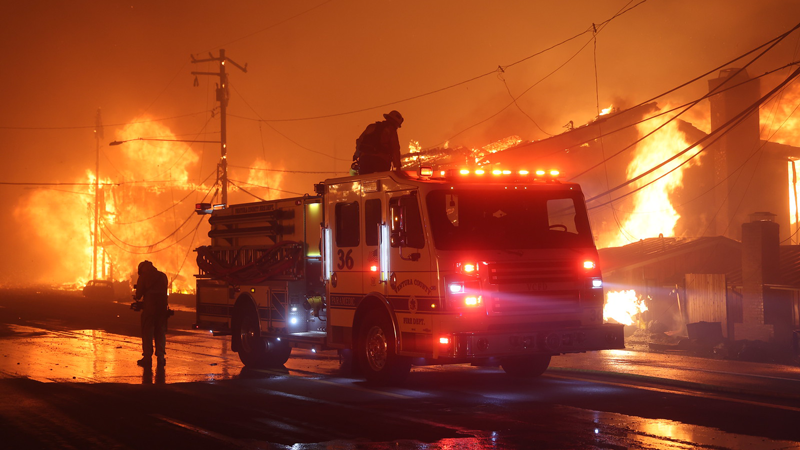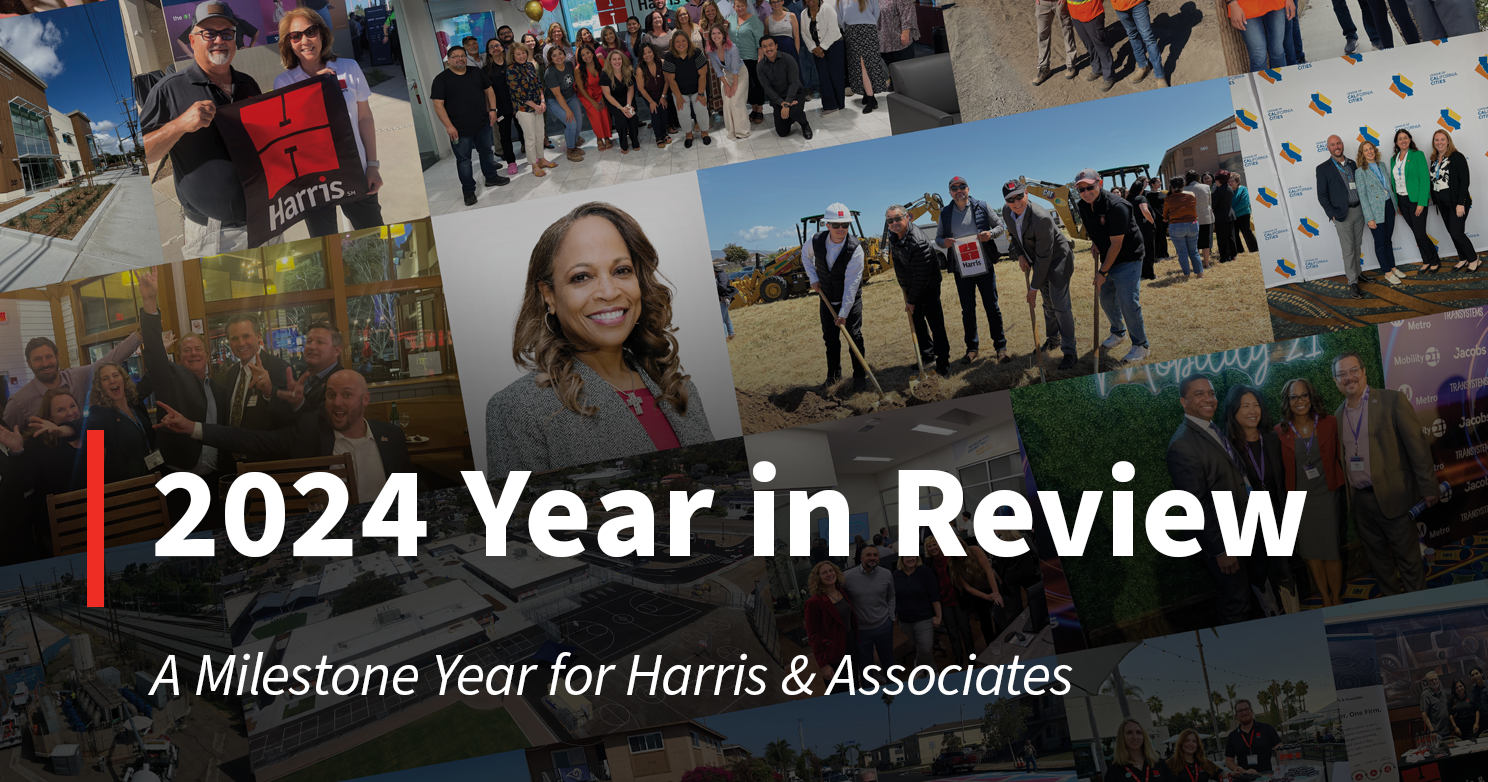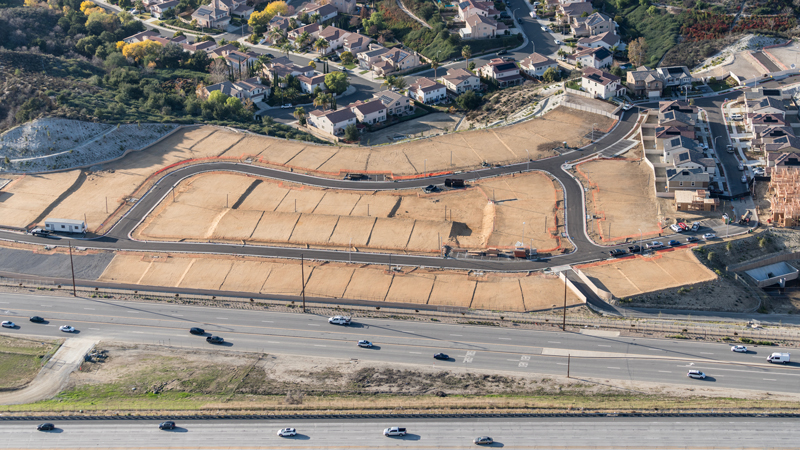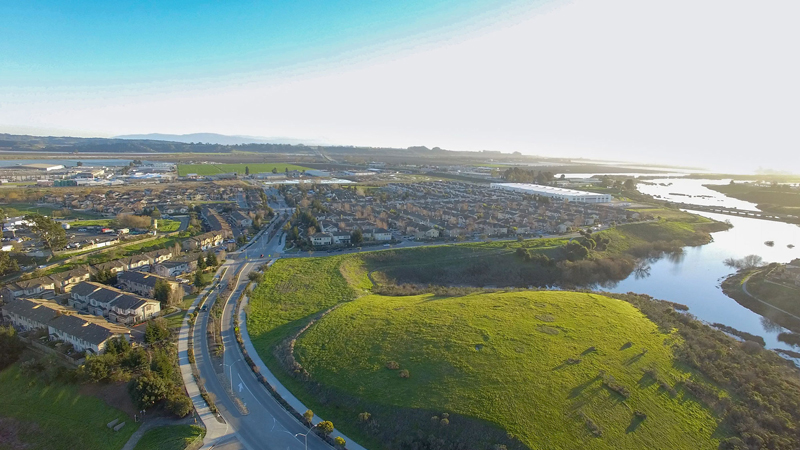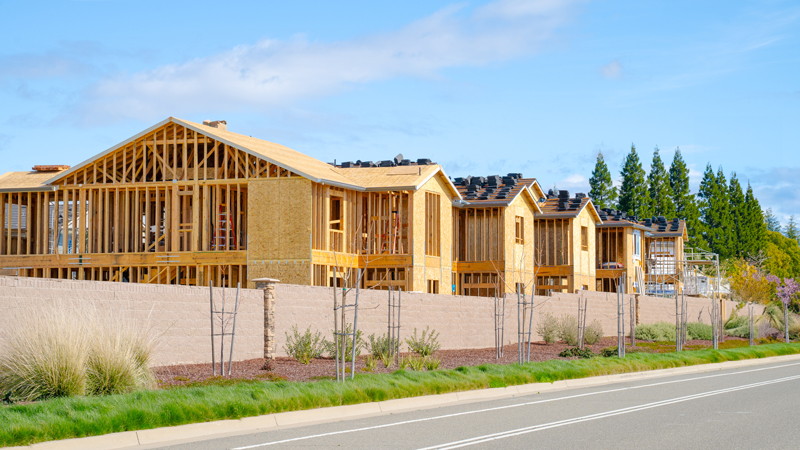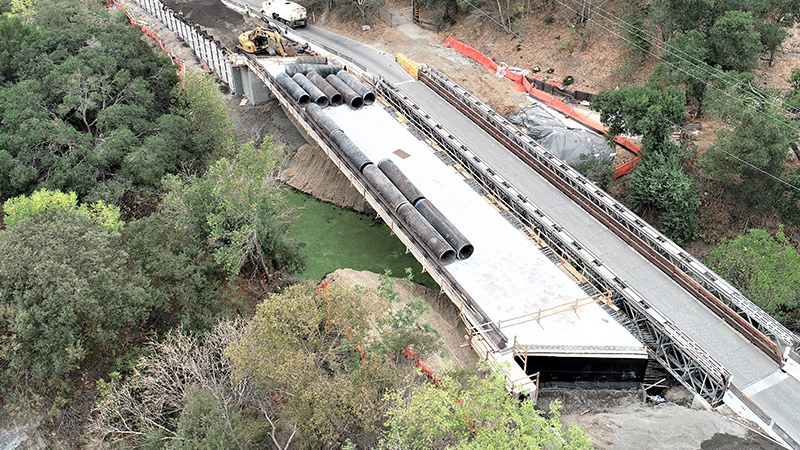Blogpost
4.8 minute read
July 16, 2018
Across California and the country, the topic of resilience continues to gain traction—and for good reason. Planning for resilience means preparing communities to recover quickly from adverse events thereby achieving minimal service disruptions. Resilience is the key to building and sustaining communities where people can thrive.
Today, many agency leaders are struggling with the same question: How can I focus more on building resilience when my resources are already spread thin and I have urgent infrastructure needs backing up? The answer: Start with a fresh look at your Local Hazard Mitigation Plan (LHMP).
If your community is like most, you update your LHMP every five years, often in a rush to receive funding for critical projects. It is an important box to check that enables you to access vital sources of funding. But your LHMP can become so much more.
Agency and utility leaders can extract resilience greater value from their LHMP by broadening the focus from just short-term infrastructure solutions to a more strategic approach. Through this broader lens, you can assess your full scope of options for mitigating risk—options that could prove more cost-effective and deliver greater long-term benefit.
Here’s how you can start getting more resilience value from your LHMP:
1. Address Root Causes of Vulnerability
Many agencies are struggling to address an increasing list of critical infrastructure issues; shifting from one emergency to the next. However, crisis response is an inefficient way to address vulnerability. Applying a bandage here and there eventually costs more than working on the root of the problem, and it does not prevent the problem from returning.
You do not have to tackle the root cause in one fell swoop. Incremental changes are key—and sometimes the less expensive option will take you further. Look to the types of planning efforts that are already geared towards addressing root causes, like management plans for floodplains, water resources, and wildlands (wildfires). There may be ways to connect these longer-term actions with more direct immediate results. For example, putting a Floodplain Management Plan in place can lower National Flood Insurance Program (NFIP) flood insurance rates.
2. Look Across Systems to Isolate Cost-effective Actions
To paraphrase the famous quote, no agency or department is an island unto itself. From wastewater to the electrical grid, each has its own planning and management processes. Plans to address risk in one system can greatly benefit another.
For example, flooding is a major problem for many communities. Floods can often impact both sewer and stormwater systems. A patchwork fix of stormwater infrastructure may alleviate a runoff issue, however, it could be more effective for your LHMP to require that all new development or roadway projects include a green infrastructure component. Investing in green infrastructure can not only improve quality of life and aesthetics and create less work for your built stormwater system, it can also bring significant cost savings to your wastewater program, since less flow means less water that needs to be treated. This is an example of a solution that provides multiple benefits in social, economic, and environmental terms. The good news is there are new valuation tools becoming available to help make the case for mutli-benefit solutions. Multi-benefit solutions like green infrastructure can also be a vehicle to consider pooling resources across departments.
3. Change the Way You Advocate to Make a Better Case
Buy-in is important for any new project, especially where resources are slim. To get approval and participation from stakeholders, maintain a goal-centric approach and translate intangible benefits into terms people can relate to.
Talk about how different investment options make the city more livable and increases wellbeing. Use cost/benefit analyses and emphasize the triple bottom line benefits—financial, social, and environmental—associated with any new projects or changes. (After all, people can’t get to work if roads are frequently flooded, and children can’t play outdoors if there are no parks.) Showing how investments now pay off in the long run will help you gain acceptance across the board.
4. Treat the LHMP as a Living Document
Instead of waiting to check on progress every five years, track your investments in real time against your goals to see if your services are showing more characteristics of resilience. That way, you can see what is working and what is not working. You can compare different types of investments and better evaluate the precise value of certain approaches compared to others. You can then clearly express progress to stakeholders and constituents.
Although the focus of LHMPs is typically on infrastructure, a shift in perception toward the process is key: It comes down to scanning all your options and seeking different opportunities for more valuable, incremental solutions. If a wastewater utility invests solely in water quality, should the utility consider treatment capacity? Should it build a bigger treatment facility or invest in more open space?
5. Get Others Involved to Realize the Vision
Chances are, other groups outside of your agency/utility sphere are hard at work on community improvements that link to your goals. For example, local NGOs may seek out grants to build new parks and other amenities that make communities more desirable and more resilient. Look for opportunities to team up with these groups, present your vision, and leverage their resources help advance your resilience agenda.
Make Your LHMP Work for You
Planning for and creating a more resilient community doesn’t have to require a herculean effort, nor do you have to start from scratch. You can balance short-term infrastructure needs with long-term city goals—and create a better, safer place to live—by drawing resilience value from your LHMP.
What kinds of resilience challenges are you wrestling with? Have any unique partnerships we should know about? Contact me today.
